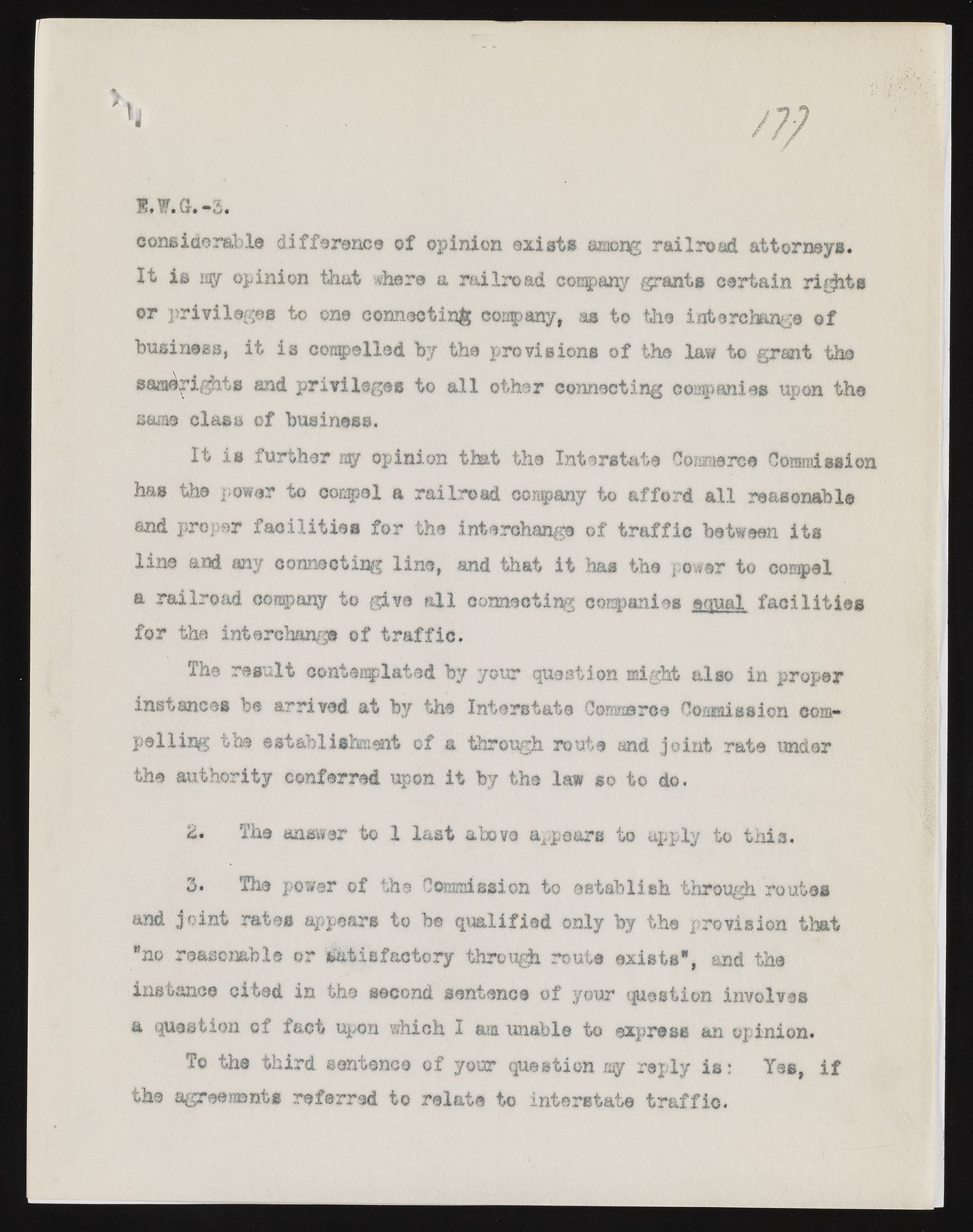Copyright & Fair-use Agreement
UNLV Special Collections provides copies of materials to facilitate private study, scholarship, or research. Material not in the public domain may be used according to fair use of copyrighted materials as defined by copyright law. Please cite us.
Please note that UNLV may not own the copyright to these materials and cannot provide permission to publish or distribute materials when UNLV is not the copyright holder. The user is solely responsible for determining the copyright status of materials and obtaining permission to use material from the copyright holder and for determining whether any permissions relating to any other rights are necessary for the intended use, and for obtaining all required permissions beyond that allowed by fair use.
Read more about our reproduction and use policy.
I agree.Information
Digital ID
Permalink
Details
Member of
More Info
Rights
Digital Provenance
Publisher
Transcription
i . w . a . - 3 . considerable difference of opinion exists among railroad attornays. It is lay opinion that where a railroad company grants certain rights ©r privileges to one connecting corflp any, as to the interchange o f business, it is compelled by the provisions o f the law to grant the same-rights and privileges to a ll other connecting companies upon the same class of business. It is further s f opinion that the Interstate Conmerce Commission has the power to compel a railroad company to afford a ll reasonable and proper fa c ilitie s for the .interchange of tra ffic between its line and any connecting line, and that it lias the power to compel a railroad company to give a ll connecting companies equal fa c ilitie s for the interchange of tra ffic. The result contemplated by your question might also in proper instances be arrived at by the Interstate Co m roe Cornelias ion compelling the establishment of a through route and joint rate under the authority conferred upon it by the law so to do. % The answer to 1 last above appears to apply to this. 3. The power of the Commission to establish through routes and join t rates appears to bo qualified only by the provision that "no re&sombi® or satisfactory through route exists", and the instance cited in the second sentence of your question involves a question of fact upon which I cm unable to express an opinion. To the third sentence of your question my reply is : Tss, i f the agreements referred to relate to interstate tra ffic.

